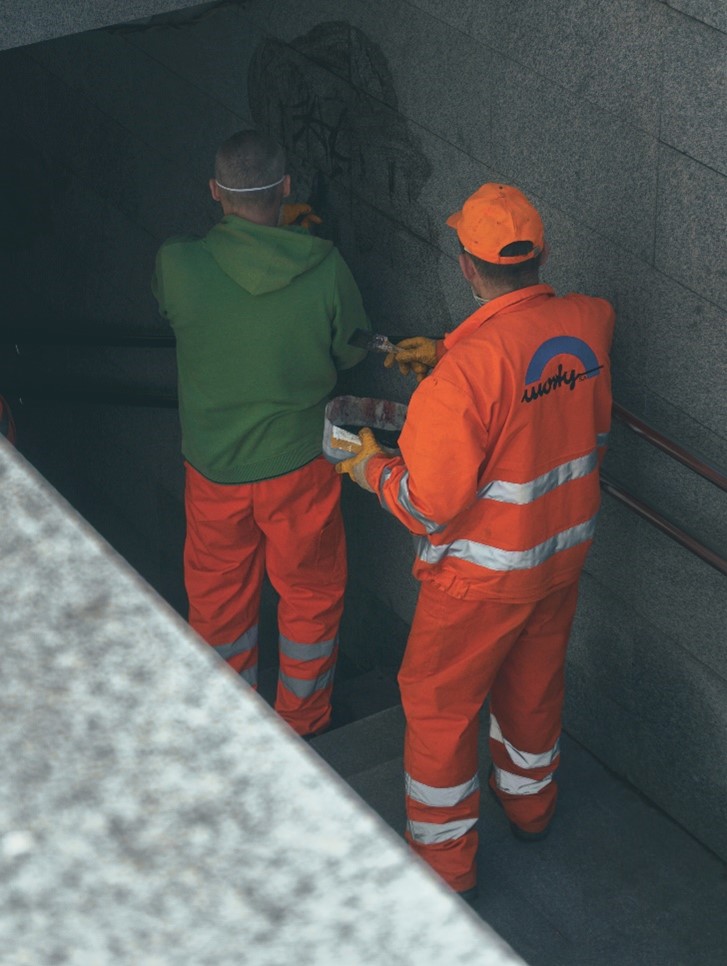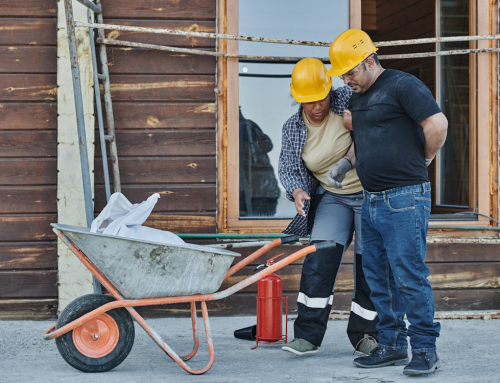Confined spaces are defined as a fully or partially enclosed places that are not mainly built for occupying human space, has restricted or prohibited entry and exit points, and can pose a risk to the health and safety of anybody who enters.
Confined areas can be present above or below the ground, depending on the nature of the work. Even in the most mundane workplaces, you’ll find cramped quarters. Despite the name, a confined space is not necessarily small, and workplace safety still carries immense significance.
The Canadian government has devised a set of rules and regulations for employees working in confined spaces in the heavy and construction industry, which are as follows:
1. Entry and Exit Points
When designing entry and exit points for confined spaces, keep in mind that workers should enter and exit without crawling, bending, or using their hands. They should be able to use large access openings like standard doorways. Employers must provide standard overhead clearances and install standard steps with handrails to make it easier for workers to stand in the space.
Steps make it easier to get in and out of confined spaces. The employers must ensure appropriate aisle clearances and unobstructed access to the entrances and exits of the area.
Heavy and construction industries with crawl spaces and tunnels should regularly have numerous access apertures to prevent employees from being hampered by a lack of departure options. A standard entryway should be used to access buildings above ground rather than installing them in a vault below the ground.
2. Access Holes
When access holes are elevated above floor level, considerations for the design include the provision of access platforms of appropriate size to accommodate entry and potential rescue. If this is not reasonably practicable, then the risk to the health and safety of every person who enters the space must be eliminated or minimised as far as is reasonably possible.
Ideally, employers should give numerous access points to the space, ideally in different locations, to ensure that all portions of the space can be accessed. At least 24 inches broad or in diameter should be required for any openings. Make sure there is enough overhead clearance to be used during vertical entry.
3. Safety Load Capacity
An anchor point with a static load capacity of 5,000 pounds should be installed above the entrance to attach a pulley or winch. Use a pulley system or install regular access points for horizontal entrance rescues. In the event of an engulfment, huge release hatches should be installed at the bottom of silos and sloped hoppers so that the confined spaces can be evacuated promptly.
A lack of safety precautions in confined spaces can lead to fatal accidents and injuries. Employers must ensure that their workers are inducted with first aid training and occupational first aid courses. Metro Safety Training provides modern-day first aid training courses, CPR training, and workplace safety training to their customers. We take pride in delivering excellent emergency first aid training.
Contact us to secure one of the best workplace safety courses in British Columbia.







